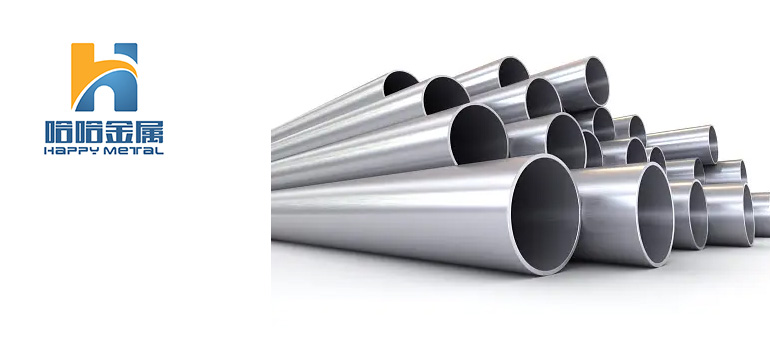In the stainless steel field, 304 and 304L are two common material grades and are widely used. They are very similar in composition and performance, but there are some differences in Chemical composition and characteristics. This article will introduce the differences between 304 and 304L stainless steels in detail, and discuss their advantages in different application fields.
What are the differences between 304 and 304l?

Stainless steel is an important material used in various industries and applications. Its corrosion resistance, strength, and aesthetic appearance make it one of the preferred materials. In stainless steel, 304 and 304L are the most common material grades.
The differences between 304 and 304l can be analyzed from the following points:
- Chemical composition:
304 stainless steel is a material with excellent properties. Its chemical composition includes 18-20% chromium, 8-10.5% nickel, and a maximum carbon content of 0.08%. This composition endows 304 stainless steel with excellent corrosion resistance, high ductility, and good mechanical properties. Therefore, it is widely used in fields such as food processing equipment, chemical containers, and building structures.
304L stainless steel is a variant of 304 stainless steel and has some special advantages. Compared to 304 stainless steel, 304L stainless steel has a lower carbon content, usually limited to a maximum of 0.03%. This reduced carbon content improves the welding performance and sensitization resistance of 304L stainless steel. It has more advantages in welding applications and corrosion resistance in high-temperature environments.
- Corrosion resistance:
304 stainless steel: It has excellent corrosion resistance and performs well in most common corrosive environments, making it suitable for general applications.
304L stainless steel: Due to its low carbon content, 304L has better corrosion resistance, especially in reducing the risk of intergranular corrosion during the welding process.
They all have excellent corrosion resistance. In general corrosive environments, 304 and 304L stainless steel can be interchanged for use.
- Welding performance:
304 stainless steel: Under high temperature conditions, intergranular corrosion may occur in the welding area of 304 stainless steel, which affects the corrosion resistance of the material.
304L stainless steel: Due to its low carbon content, 304L stainless steel has better corrosion resistance during the welding process, and a lower carbon content can avoid the risk of intergranular corrosion.
304L is more suitable for welding or mass processing applications.
- Application field:
304 stainless steel: commonly used in general corrosive environments, such as indoor decoration, kitchen utensils, building structures, etc.
304L stainless steel: Due to its excellent corrosion resistance and welding performance, it is commonly used for components that require welding, such as welded pipelines, tanks, etc.
Sensitization is also a factor to consider. During high temperatures or welding processes, grain boundary sensitization may affect the corrosion resistance of stainless steel. Due to its lower carbon content, 304L is less susceptible to sensitization compared to 304 stainless steel. Therefore, for applications that need to face high-temperature environments, such as furnaces, heat exchangers, etc., 304L stainless steel is a more suitable choice.
304 and 304L are two common types of stainless steel, with some differences in chemical composition, corrosion resistance, and welding performance.
Due to its low carbon content, 304L has better corrosion resistance and welding performance, making it suitable for applications that require welding. When selecting suitable materials, specific application requirements and environmental conditions should be considered. If you need more detailed information and guidance, please consult a professional stainless steel supplier or consulting engineer to ensure that the material you choose is most suitable for your needs.
Through reading this article, readers will have a comprehensive understanding of the differences and advantages between 304 and 304L stainless steel. This will help readers make informed decisions when choosing stainless steel materials and ensure that the selected materials meet the specific application requirements.




